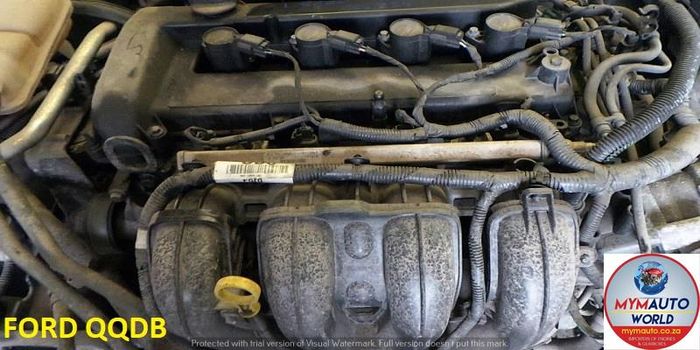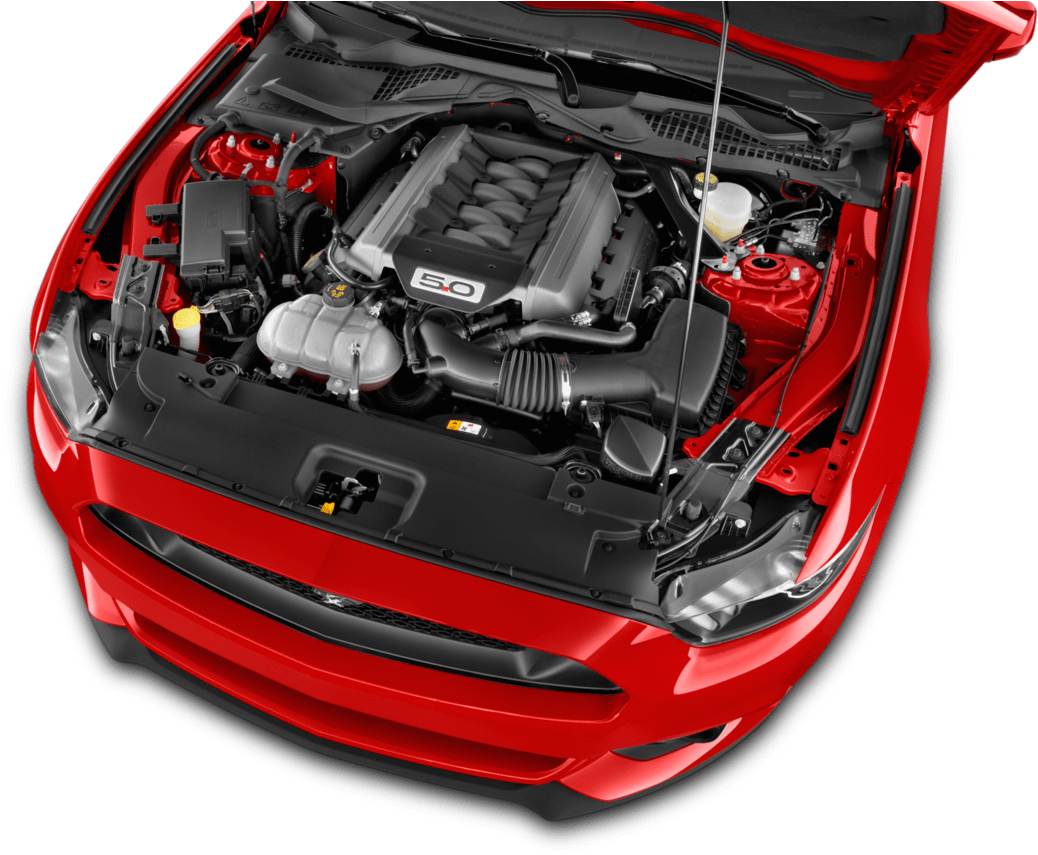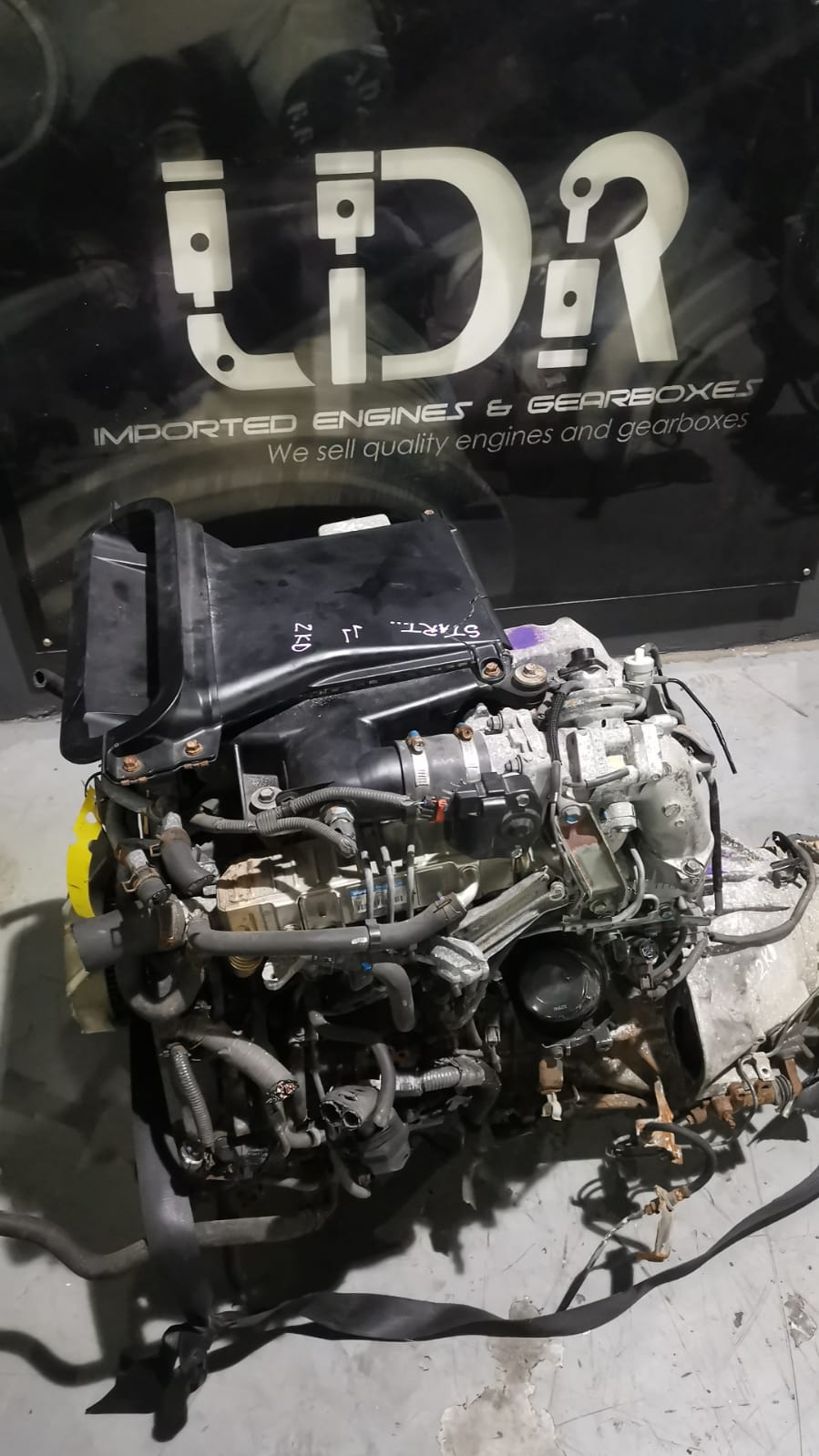Opel Corsa Engine: Top Tips for Upkeep and Treatment
Opel Corsa Engine: Top Tips for Upkeep and Treatment
Blog Article
Checking Out the Inner Operation of a Compact Vehicle's Engine System
As chauffeurs, we usually take for given the detailed processes that occur within the boundaries of our automobile's engine system. The portable yet complex machinery that moves us forward is a wonder of engineering precision and control. From the regulated surges in the combustion chamber to the careful timing of fuel shot, every element plays an essential function in the smooth operation of the engine. In this exploration of a portable lorry's engine system, we will unravel the internal workings of this mechanical harmony, clarifying the mysteries that drive us onward on our day-to-day trips.
Burning Process Introduction
The burning process in a portable car's engine system is an essential mechanism that successfully transforms gas into power to power the automobile. This procedure happens within the combustion chamber of the engine, where gas and air mix, ignite, and generate regulated explosions. The combustion process contains 4 major phases: intake, power, compression, and exhaust.
Throughout the intake stage, the piston relocates downward, pulling in a blend of air and gas into the combustion chamber. The next stage, compression, involves the piston relocating up, pressing the air-fuel combination to raise its effectiveness. Consequently, in the power stage, the ignition system stirs up the pressed blend, causing a rapid growth of gases that compels the piston back down. This down movement creates the power needed to drive the lorry. Ultimately, in the exhaust stage, the burnt gases are eliminated from the burning chamber through the exhaust shutoff, preparing the chamber for the following cycle. This cyclic burning process is essential to the procedure of a compact automobile's engine system, ensuring efficient energy conversion for propulsion.
Piston and Cylinder Interaction

The piston's precise fit within the cylinder is necessary for keeping optimal compression and preventing energy loss throughout burning. Limited clearances in between the piston and cylinder walls guarantee effective sealing, allowing the piston to relocate efficiently without permitting gases to leakage past. Proper lubrication is also vital to lower friction and use between these components, improving long life and performance.
Moreover, the style and products made use of in producing the piston and cyndrical tube effect engine effectiveness and toughness. Modern engines typically use light-weight yet long lasting products like aluminum alloys for pistons and cylinder liners to minimize inertia and improve thermal efficiency. Generally, the unified communication in between the piston and cylinder is essential to the engine's performance and total efficiency.
Gas Injection System Capability
Gas injection systems in compact car engines play a crucial function in exactly providing fuel to the burning chamber for regulated and effective ignition. The gas shot system works by injecting fuel into the burning chamber at the optimum minute during the engine's procedure (opel corsa engine). This specific timing ensures that the gas blends uniformly with the air for proper burning, leading to boosted fuel efficiency Continue and minimized exhausts
There are largely 2 kinds of gas shot systems made use of in portable car engines: port fuel injection (PFI) and straight fuel injection (DFI) PFI systems infuse gas into the intake port prior to the intake valve, while DFI systems infuse fuel straight into the burning chamber. Both systems have their advantages, with DFI providing far better gas atomization and PFI offering a more cost-effective option.
Understanding Engine Cooling Devices
Efficient operation of a small car's engine counts heavily on the efficiency of its cooling systems. Engine air conditioning is necessary to stop overheating, which can cause severe damage and lowered efficiency. The air conditioning system in a compact vehicle generally includes numerous parts collaborating to manage the engine go now temperature. One vital component is the radiator, which uses coolant to take in warm from the engine. As the warm coolant flows via the radiator, it launches warm into the air, cooling down before returning to the engine. The water pump circulates the coolant with the engine and radiator, ensuring a consistent flow to regulate temperature. Additionally, the thermostat aids regulate the coolant flow to maintain optimal engine temperature. Some cars likewise have cooling down fans that turn on when added cooling is needed, such as during rush hour or heat. Comprehending these engine cooling systems is important for preserving the efficiency and longevity of a compact vehicle's engine system.

Exhaust System Components Explained
The optimum performance of a portable vehicle's engine air conditioning systems relies on a complementary system recognized as the exhaust system, which consists of different important elements for guaranteeing effective exhausts and engine efficiency. The exhaust system consists of components such as the exhaust manifold, catalytic converter, muffler, and tailpipe. The exhaust manifold collects exhaust gases from the engine's cyndrical tubes and paths them to the catalytic converter. The catalytic converter after that transforms hazardous pollutants in the exhaust into much less damaging emissions before launching them via the muffler and tailpipe.
One critical part of the exhaust system is the oxygen sensor, which monitors the oxygen degrees in the exhaust gases to assist control fuel intake and make sure optimum engine efficiency. opel corsa engine. In addition, the resonator may be present in some exhaust systems to lower sound degrees. In general, the exhaust system plays a vital role in preserving special info engine performance, minimizing dangerous discharges, and making certain a quieter driving experience for compact automobile proprietors

Verdict
In verdict, the compact automobile's engine system is a complex mix of components that interact to promote the combustion process, convert gas into power, and expel waste gases. Comprehending the inner operations of the engine system, including the piston and cyndrical tube interaction, gas shot system, engine air conditioning mechanisms, and exhaust system components, is essential for keeping optimal efficiency and efficiency of the automobile.
The burning process in a portable vehicle's engine system is an important mechanism that efficiently converts gas into energy to power the car.Fuel injection systems in small automobile engines play an essential function in specifically supplying gas to the burning chamber for controlled and efficient ignition.There are mainly 2 types of gas shot systems made use of in small automobile engines: port gas shot (PFI) and direct fuel injection (DFI) Recognizing these engine air conditioning mechanisms is important for preserving the efficiency and long life of a compact vehicle's engine system.
The ideal performance of a small lorry's engine air conditioning mechanisms depends on a complementary system recognized as the exhaust system, which makes up various crucial parts for guaranteeing reliable emissions and engine performance.
Report this page